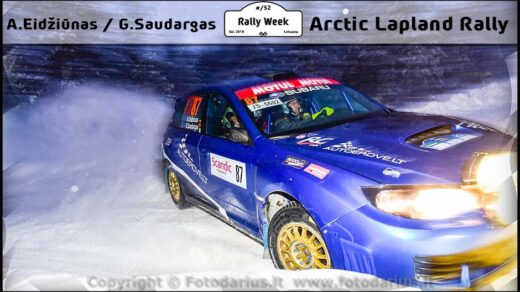The further you go, the more the combination of one letter and number – N5 – becomes more and more known to the Lithuanian rally community. And the further, the greater contribution these cars will make to the Lithuanian rally. Two interviews with people who are responsible for the speed and appearance of these cars in Lithuania – Martynas Samsonas and RMC Motorsport manager Roberto Mendez.
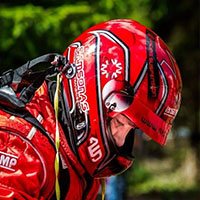
Martynas Samsonas
Who is RMC and how did you get to know them?
RMC is a “Roberto Mendez Competition” company in northern Spain that manufactures, sells, maintains, and rents N5 class rally cars. We probably met 18 years ago, it’s hard to remember exactly. I remember that they had problems with the Mitsubishi transmission and when we started working together, they were very happy with everything. I later had my own problems when we started making sequential gearboxes. We made design mistakes and those gearboxes went on wrong and failed. Lots and lots of gearboxes. I had to spend a lot of time with them, correcting errors, changing all gearboxes, etc. Really, I’m glad and frankly surprised they didn’t send me to hell. However, we worked a lot and we still work together, we believe in and trust each other and our work. I am very grateful to them for that 😊

Tell us more about the beginning of RMC production’s journey to Lithuania. How are things going now?
Their first N5 car arrived in Lithuania in 2018. Then Gediminas Žliūbas and I went on the “Around 7 Lakes Rally”. I think the beginning is difficult, although the idea of the car itself is super, not everything has been worked out. There was a lack of quality, reliability, and engine power. Of course, there were no big miracles with shock absorbers either. For today, I would say it is at least 2/3 new car than it was 5 years ago. Despite the fact, this year we had serious problems with fuel, we lacked normal power, and we “roasted” the engine in Rally Rokiškis. Later, after changing everything and starting to use new “P1” fuel, everything settled down very quickly and we proved that the modern N5 is capable of driving very fast, comfortably, and in good hands to win the competition.
For the 2023 season, we are dreaming, working, and preparing a separate, national class, according to the N5 concept. We are already a large group of “gentlemen” who agree and want to have a competitive class and a reliable car, maximally similar to modern R5 rally cars. We agree that we will limit the power, maximum turbo pressure, and maximum rev’s. We will check that everyone has followed the rules. At each competition, we will have a separate, large stock of spare N5 parts for all class participants. I myself will stick to the LARC1 classification and try to fight for victories, while my son Kajus will try to drive used N5 and also will join the new class. Also, these RMC-manufactured cars have detailed and clear parts catalogs and price lists. The factory itself in Spain has a large warehouse of parts and can send any part within 24 hours.

Tell us more about the very idea of the N5 car, and its characteristics.
The idea itself comes from Argentina, where this class is also very popular. Some N5 cars also use our shocks and boxes. The first machines were built in 2011, using a Subaru transmission and a Honda K24 engine. A PSA 1600cc engine with direct fuel injection was introduced later. All cars have a standardized suspension. A lot of parts are adapted from standard cars. All four semi-axles are the same. Steering column Subaru STI. The basic engine is a Peugeot with minimal modifications – an improved block, stronger connecting rods, and pistons. Anyone can make cars. But let’s say in the countries where these cars are homologated (Spain, Portugal, Italy, Finland, Argentina, Paraguay) they must comply with that homologation book. In other countries, where possible, they run according to national class requirements. As standard, such a car with a 33mm – 34mm turbo restrictor and a maximum turbo pressure of 1.5bar has about 315Ag and 490Nm. Also 1230-1250kg weight depending on the body model.
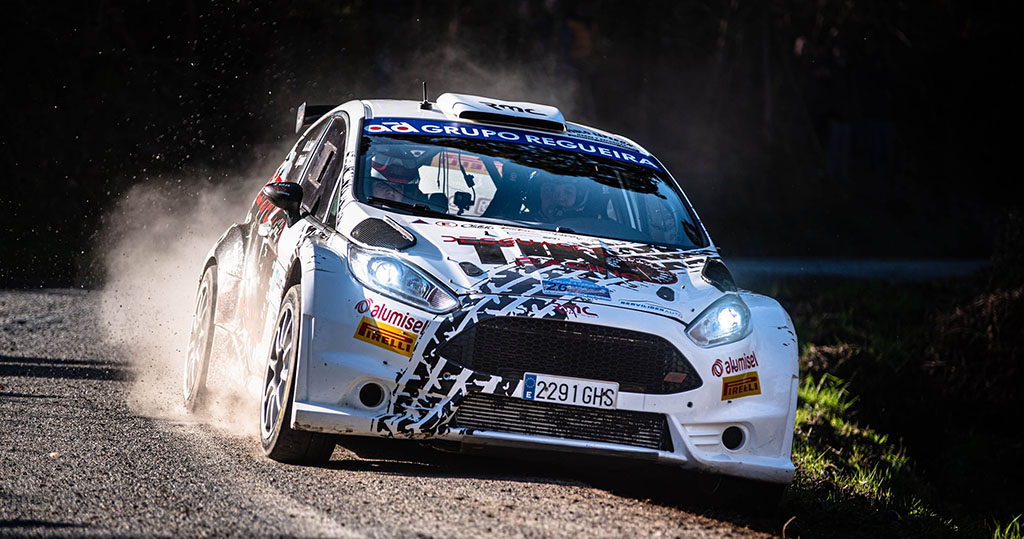
What is special about RMC’s ready-made chassis?
Well, I wouldn’t say that they are something special at RMC. RMC is not the only manufacturer of N5 cars. There are other manufacturers in Spain. Italians also make their own, although a significant number also use Spanish ones. There are others in South America, and as far as I know, there are already in the USA. I don’t know exactly how many N5 cars there are in the world, but RMC alone has produced 80 units. 15-20 new ones are planned next year when the same Škoda Motorsport is also planning only 15 new Rally2 units. If we talk about the N5 chassis in general, then it is already different, but the idea is completely the same as the R5 rally car. It is strong, and light. Withstands heavy loads and large jumps. Nothing like that with the old A and N group machines.
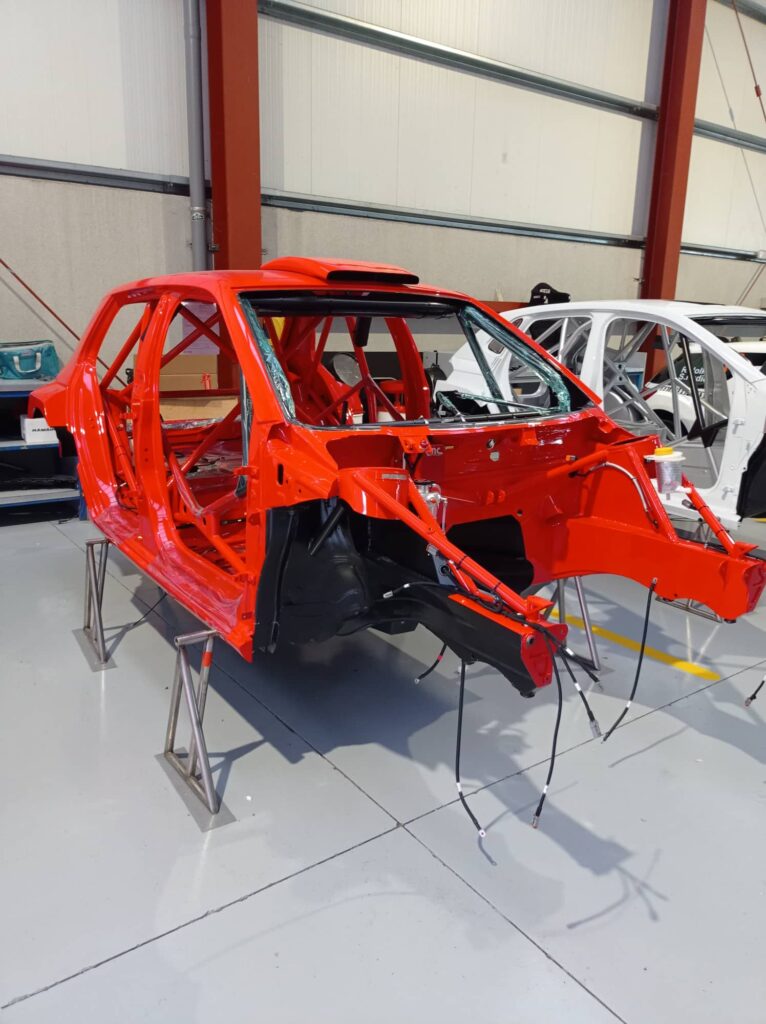
Financial side. Is Proto, N5, etc. the price/service/reliability/speed ratio of cars better than the older generation R5 cars?
To begin with, we should separate those of our Proto cars, because they have nothing in common with the N5 and R5. Proto cars using shortened chassis and Mitsubishi units are a mistake in my opinion. Although it came about naturally, lacking the resources for a new R5, but wanting something new. The problem is that after shortening the wheelbase of the Mitsubishi Lancer Evolution IX or X, no one worked on the correct wheel geometry, balance, etc. It turned out to be a not much lighter and uncontrollable car. I think they should be left aside. Next, if we want to compare N5, N5+, R5, or other machines, we must also evaluate who works with them. A simple comparison should not be made, as a very well-maintained N5+ can compete with a moderately well-maintained R5 at the national level.
A very well-maintained N5+, just like a well-maintained R5, will not be able to compete with those teams that win European or World competitions. Homologated N5, with controlled turbo pressure and power, will not be able to compete with the R5 in speed.
If we do not compare the speed of N5 and R5 in absolute terms but look at it as an example – a separate class, we have 7, 8, or even 10 different cars and 90% of the sensations as R5 cars. Reliability like R5, even more, class fighting, and 3 times lower costs. In my opinion, this is a wonderful thing for Lithuanian motorsport. Looking from the outside, the cars are no different from the R5, neither in appearance nor in sound. Runs and jumps as well. And the more participants, the more interesting it is for the spectators.
If we talk purely about costs, then such a new car costs about 130,000 Eu. 65,000 to 90,000 used. If the turbo pressure and power are limited, then neither the transmission nor the engine practically wears out.
Fuel and tire consumption is also very low. The most important thing is that the car is very strong. The power is not high, so the parts last a long time.

Sami Pajari said that in simpler conditions the N5 can be very fast, but where the conditions are extremely difficult, the benefits of the factory cars are revealed. Where does the N5 need to move in order to be able to compete with factory machinery in all conditions?
Well, Sami said before the competition that he thinks he will lose time in the second pass of the stages. However, it turned out the other way around, and the second time he passed the stages with an even bigger gap from the R5 cars than the first time. It is unrealistically difficult to compete with factory equipment. We have to understand what factory equipment is. VW, Škoda, Toyota, Hyundai, and Ford are factories. How many people are there working on R5 projects and what conditions and budgets do they have 😊 We try and sometimes succeed at the national level. On a global level, I think it would be naive and stupid to speak out loud.
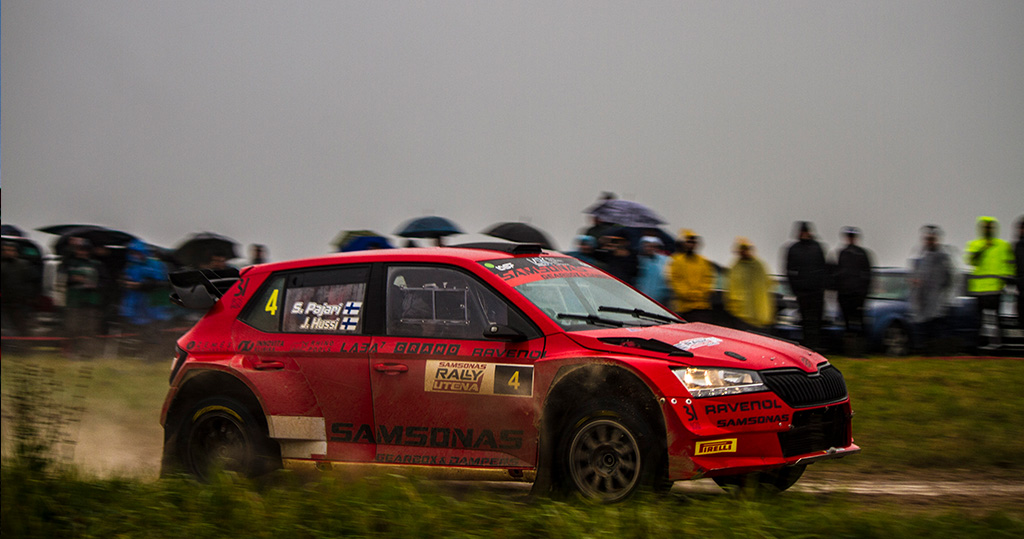
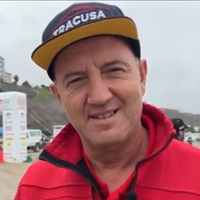
Roberto Mendez
Tell us about the idea of N5 cars. Why did You started with it?
We started with this idea of the N5, because we had to find a substitute for group N cars, such as the Mitsubishi EVO, and Subaru STI, and the best way was to make a good car similar to an R5. With the option that any model can be made with the wide variety of brands that exist.
The idea itself about N5 rally cars is to have a similar performance to R5 cars but with double less cost. Meaning more affordable to national-level races.

Is it hard to promote this type of car in Spain and the rest of Europe?
It is not difficult to promote. Especially when drivers first time drive it and see how comfortable and nice it is. Nowadays more difficult is to make them faster and more.
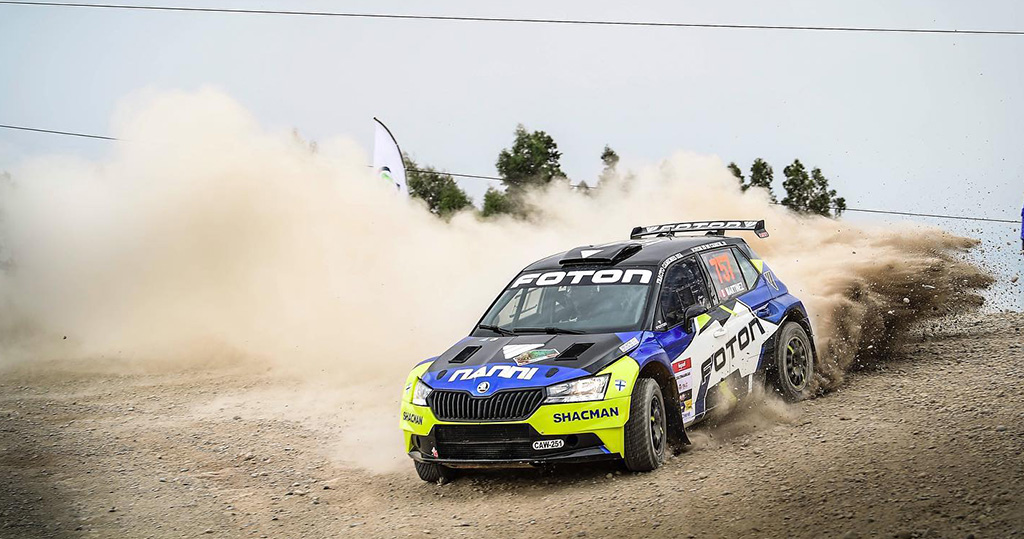
There is a lot of different chassis of N5 cars, like DS3, Micra, Clio, C3, Fiesta, Polo, i20, Fabia, and Yaris. Which chassis was most interesting to work with? What are the challenges of installing the N5 kit to different chassis?
When you build an N5 car, the difference between chassis is minimum. Each model is done on the same basic platform, adjusting only the wheelbase. The most interesting is always to start with a new model and make it better and better.
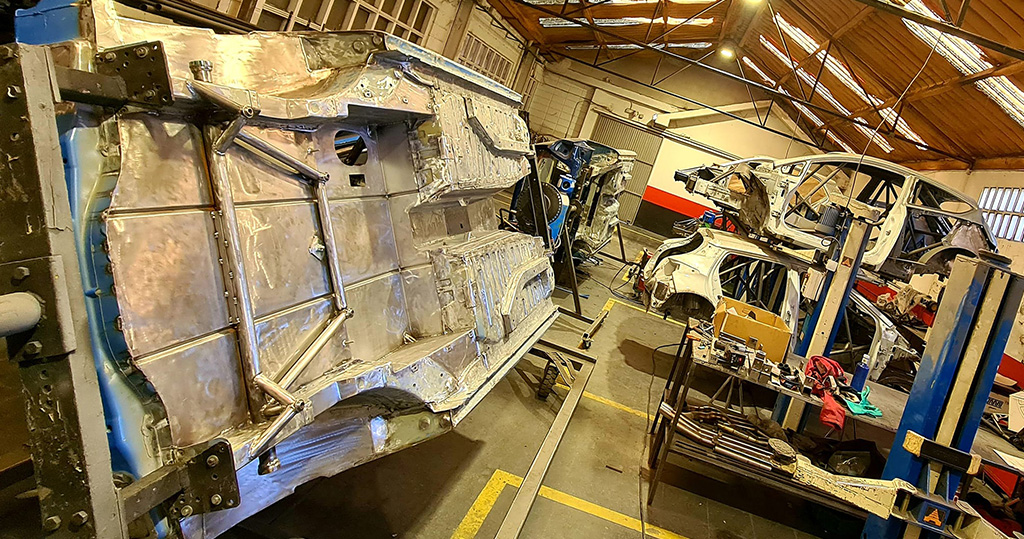
Cars need a lot of testing. Where do You test them? What are your test drivers?
RMC has several own tracks that we use for testing and development. We have two gravel tracks, one shorter and one 5km long. We also have two tarmac tracks. One is a short circuit track, and the other is a long road in mountains with lots of different corners and different levels of grip.
I do testing myself, and also we have some different champions of Spain and Portugal with that we work together.

Comparing early N5 cars and the newest N5 cars. Where have cars evolved the most? Where do they still need to improve?
The biggest difference between the first and latest N5 cars is engine power and reliability. We have gained more power and at the same time much more reliability. Also, the big difference is in suspension and steering work. Much more comfort and speed.
What is the main difference between N5 ar R5/Rally2 cars?
The main difference is in the engine and transmission position. R5 cars have engine transverse and N5 longitudinal position. Also differences in engine performance and also in running costs. If we speak about performance in the race, it can be about a second per kilometer slower, but it depends a lot on the pilot also.
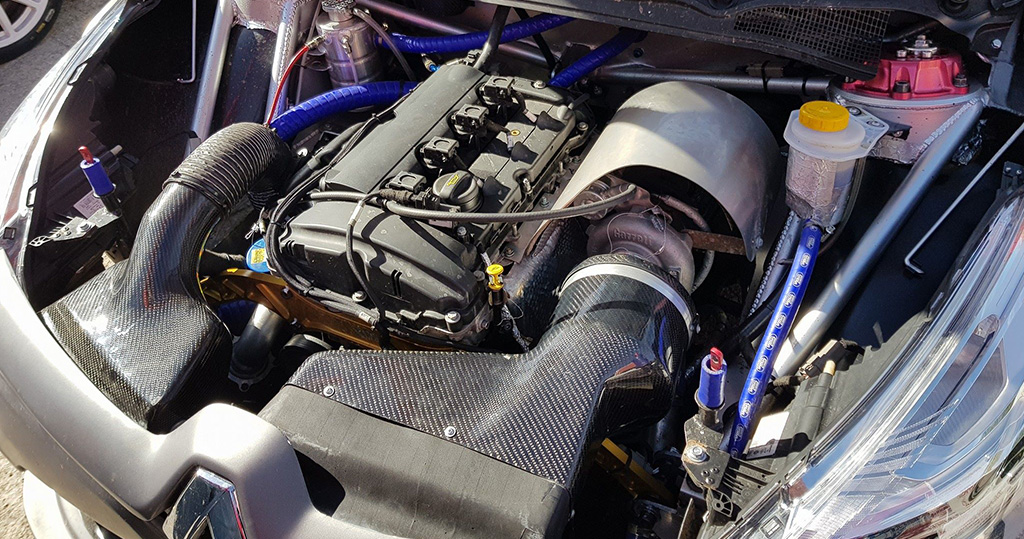
Tell us about your relationship with Lithuania and Martynas Samsonas
Our relationship with Lithuania is that we want to prove that this car is good and worth having in the Lithuanian championship. I think it is also important for Lithuanian Federation, it is a car that can be done in any car body, and it will replace old group N cars, N5 is a spectacular and nice car. On the subject of safety, it is as high as any other FIA rally car.
The relationship between Samsonas Motorsport and RMC is as long as 18 years. We started first with Martynas to work with gearboxes. We are very happy with their professionalism and they are very serious. When Martynas came and tested the N5 car, he had a good feeling and later he delivered a few cars to Lithuania. Samsonas Motorsport people have worked a lot and helped us in terms of reliability. They have also given us not only a gearbox but also very good shock absorbers in terms of performance and at a very competitive price.
Samsonas Motorsport is a very important part of the N5 project and I believe N5 is also important for Samsonas Motorsport. Martynas is the best N5 ambassador that we can have in the world, as well as a good person and great friend.

Which countries are your main customers for N5 cars?
Of course, the biggest market is in Spain, but we have many customers in Italy, Portugal, Finland, Lithuania, Peru, Equador.
What about the future? Are these “Proto” cars have a future in World where FIA pushes its own car pyramid?
Well, N5 is not a ‘’Proto’’ car. It is made according to strict rules and in all countries, it runs according to homologation papers. As I said the whole idea of N5 is similar to R5, but it has valid homologation only in several countries that I mentioned above. And in Lithuania, where you do not have a homologated class for it, now it can run under national class, where other prototyped cars are running, such as old WRC or Dytko chassis cars.
Anyway, we are working hard to have these cars valid in European Rally Championship. And now with the new FIA president and a good relationship between him and our Spanish Automobile Federation president, we hope that this will be possible very soon.
Photos – Vilius Šaltenis, RMC Motorsport, Samsonas Motorsport




